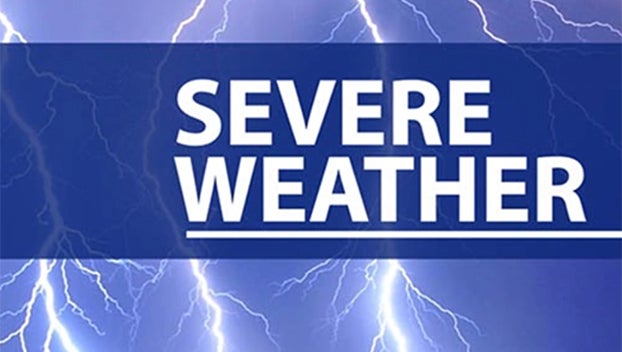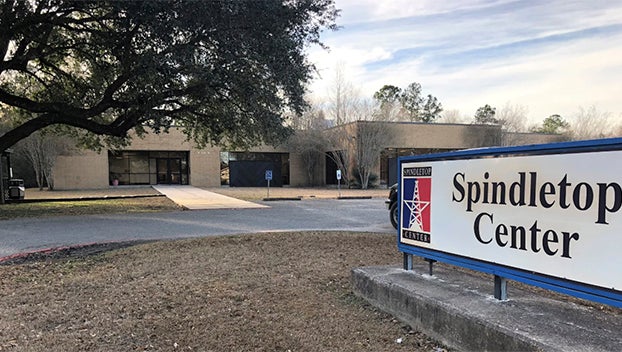Sabine River expected to reach record levels
Published 10:34 am Monday, March 14, 2016
By Bobby Tingle
Newton and Orange County residents are preparing for the potential for flooding along the Sabine River as a result of heavy rainfall in the Toledo Bend Dam area.
According to the National Weather Service (NWS) more than 16 to 18 inches of rainfall has fallen over Toledo Bend Reservoir Tuesday, Wednesday and Thursday with more rain expected. Toledo Bend Reservoir, operated by the Sabine River Authority of Texas and the Sabine River Authority, State of Louisiana reached a record level high of 174.36 feet mean sea level (msl) at 6:00 a.m. Friday morning due to the rainfall event. Toledo Bend Reservoir is not a flood control reservoir and reaches full pool at 172.0 feet msl. There is no truth to the rumors that the Toledo Bend dam could break due to the record releases. The integrity of the dam is intact and is operating as designed, according to the Sabine River Authority of Texas (SRA-TX) and the Sabine River Authority, State of Louisiana (SRA-LA).
The potential for the greatest impact is in Deweyville where the Sabine River as of midday Friday were above flood stage and projected to peak Monday or Tuesday, according to Roger Erickson, Warning Coordination Meteorologist, with the National Weather Service in Lake Charles, Louisiana.
Orange County Sherriff, Keith Merritt has offered to assist Newton County officials in any way necessary as the situation develops.
In Orange County residents can pick up unfilled sand bags at Precinct 3, 2505 W. Roundbunch Road or Precinct 4, 345 Claiborne Road. Residents can bring shovels to fill sandbags at the precinct locations.
The City of Orange will be watching Sabine River levels as well. The City of Orange can expect the Sabine River to crest at over 6 feet. Flood stage is 4 feet. High tide and low tide will cause the levels to fluctuate.
“I would not be surprised to see flooding even at low tide by Monday,” Erickson said, “The record at Orange occurred during hurricane Ike and it was 9.86 feet. We are not going to be as bad as we saw with Ike. This will be three feet lower.”
Residents of Orange can gauge the impact of this storm based on this information for their area.
However there is some doubt in the calculations for this event. The big unknown is due to the rate of flow down the Sabine River. Prior to this event the flow from Toledo Bend Dam has been recorded at a volume of 120,000 cubic feet per second. With this event a new record of 207,644-cubit fee per second is flowing through the dam. These numbers have never been seen before making it difficult to project the impact, according to Erickson.
Governor Greg Abbott Friday urged Texans to remain vigilant and closely monitor weather conditions as rainfall is expected to continue impacting parts of Texas this week, which may lead to dangerous flash flooding and river flooding, especially in East and Southeast Texas.
“After receiving a substantial amount of rainfall in our state this week, flash flooding and river flooding are a significant threat over the next few days,” said Governor Abbott. “Any additional rainfall will exacerbate these threats, so I am urging Texans to closely monitor changing weather and road conditions. Protecting the lives of Texans is our top priority, so we are also asking all residents to heed the warnings of your local officials.”
The State Operations Center (SOC) is continuing to monitor weather conditions and coordinate with the National Weather Service and their West Gulf River Forecast Center. The SOC also continues to coordinate with the Texas Emergency Management Council and is prepared to provide state resources and assistance to local leaders as requested.
Texans are urged to follow these safety tips during severe weather events:
- When severe storms threaten, the safest place to be is indoors.
- If you are outdoors, seek shelter in a home, large building or automobile. Do not take shelter in sheds, pavilions, tents, dugouts, or other small, open sided buildings.
- Avoid areas already flooded and avoid any fast-flowing water.
- Be extremely cautious of any water on roads or in creeks, streams, storm drains or other areas – never attempt to cross flowing streams or drive across flooded roadways and always observe road barricades placed for your protection.
- Remember that dangerous waters can seem deceptively calm, and if you encounter flooding, move to higher ground – TURN AROUND, DON’T DROWN.
- Monitor weather radios and news broadcasts for updated information on current and anticipated severe weather, and heed warnings by local officials.
- Keep in mind that flood dangers are even harder to recognize at night.





